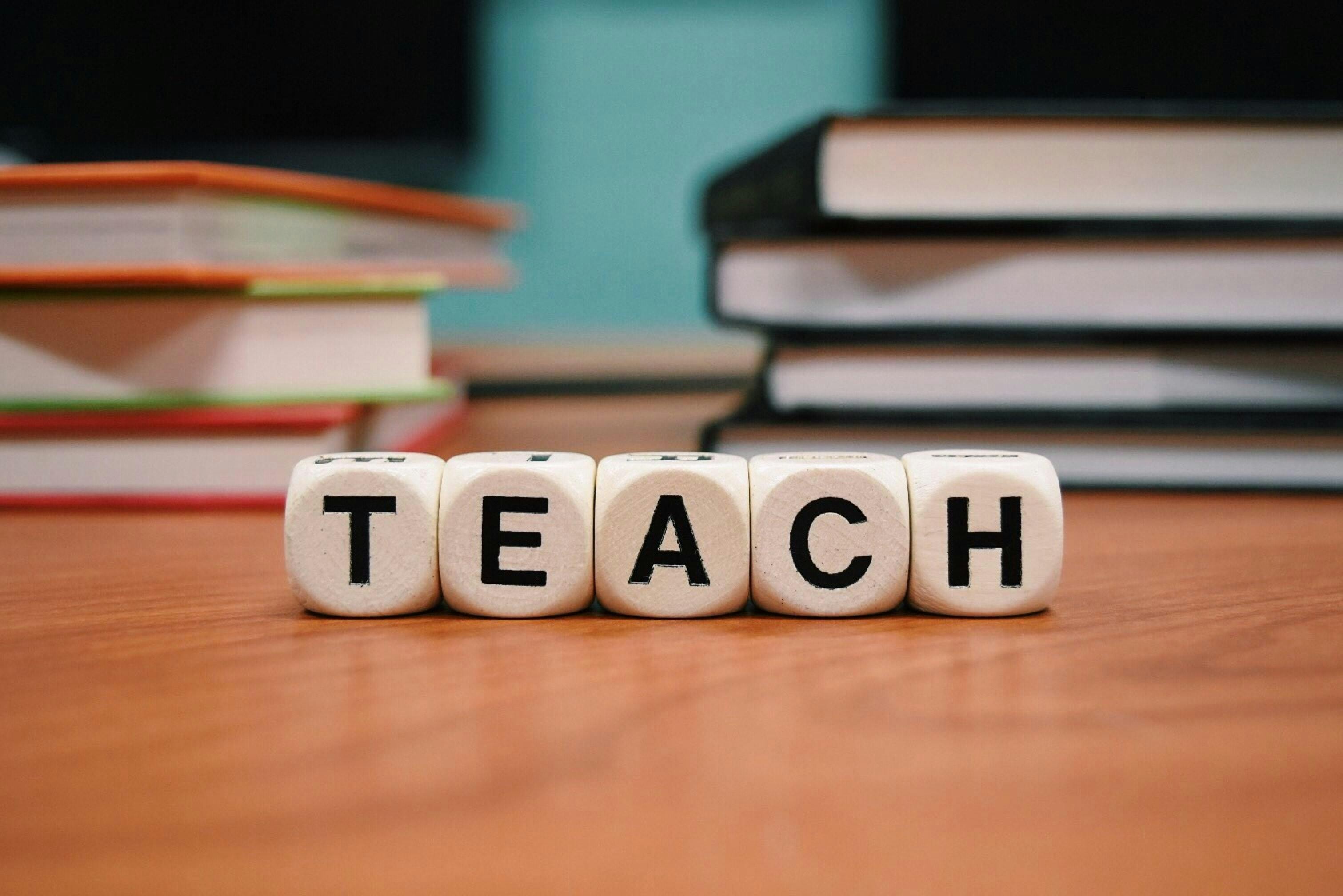It’s not uncommon for a teacher to have a child with ADHD in their classroom at some point or another. If you currently have an ADHD student in your classroom, you’ll know how this issue can affect a student’s ability to excel and it may sometimes cause an overall disruption in class too.

Aggression, interruptions, and fidgeting are all types of behavior that an ADHD student might exhibit. If you’ve tried everything from sending them out of class to sending a note home to their parents but are still struggling, you may need to try some other strategies.
It’s important to keep in mind that the student is not behaving this way on purpose. The brain of an ADHD child works very differently and they need extra time to develop certain skills that other students already have; learning how to control their emotions being one such skill.
7 ADHD Strategies for the Classroom:
Below are several effective strategies that you can start using in your own classroom when it comes to managing ADHD-related behavior.
1. Get students involved in your lesson. Instead of simply standing in front of a class and teaching, get the student to help you with the lesson. Whether this means holding something for you or writing out notes on a blackboard, getting your students involved means they get to move while still being fully involved in the lesson.

2. Use partitions to block out distractions. If you really want to get your students to focus, try using folders to create partitions on their desks. The partitions act like their own private room and stop them from getting distracted during a test or while working.

3. Get moving. If possible, incorporate movement into your lessons. One way could be to get your students to stand up and stretch after 30 minutes of work. The movement will help your ADHD students expend some energy and help them focus again.
4. Change up your seating. Make your classroom a fun and relaxed space by offering different types of seating for your students. Exercise balls, beanbags, and rocking chairs are all examples of alternative seating.
5. Recognize and work with triggers. Help your ADHD student to recognize when their body is telling them they need to move. For example, if you have a student that tends to get up and move around during a lesson, help them find less distracting ways to move their bodies such as playing with fidget toys like putty.
6. Try noise-canceling headphones. Block out any distracting noises with some low-cost noise-canceling headphones.
7. Check-in. Sometimes it’s not difficult to see when an ADHD student has become distracted but other students may seem like they are still working when in fact they’re actually daydreaming. Make a point of checking in with students regularly to make sure that they understand the task at hand and that they’re still paying attention. Break the work into smaller tasks that you can check in on, always giving them a new task to work on next.

Communicating with your ADHD students on a daily basis is the key to understanding their triggers and what they need to work on most to excel in your classroom. Speaking to their parents might also help you to find the best strategies to use for specific students.

